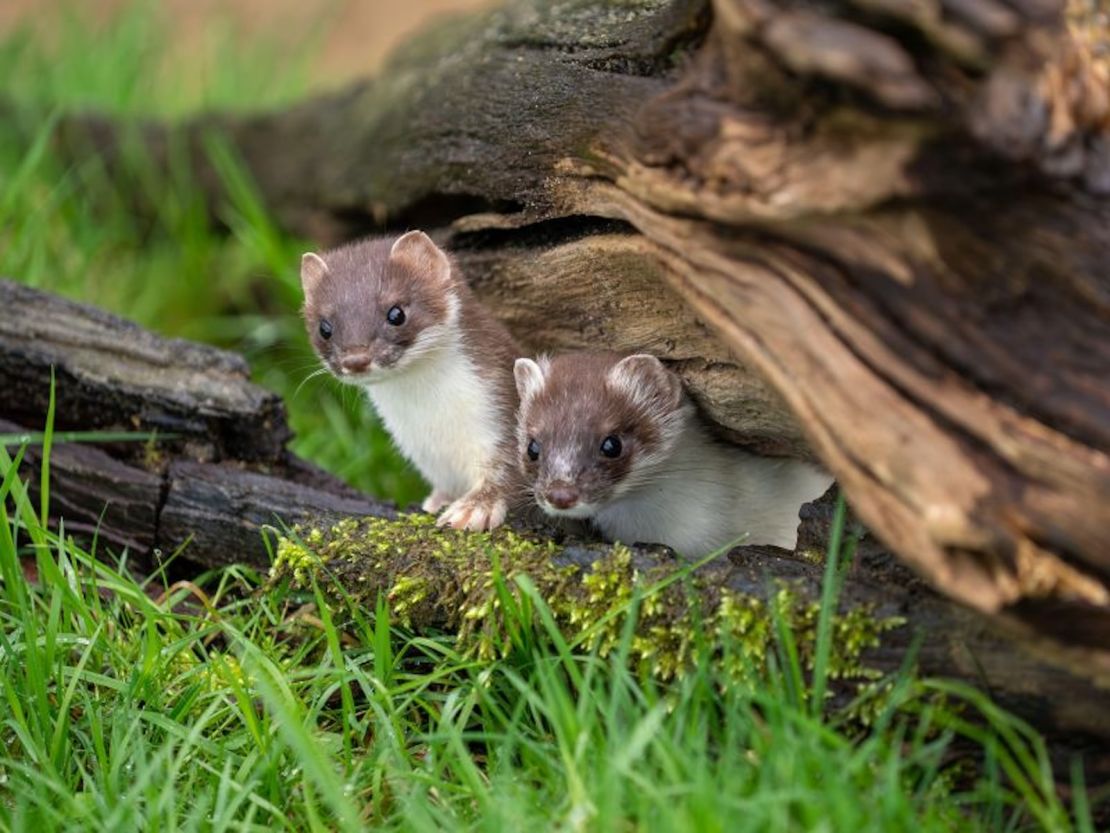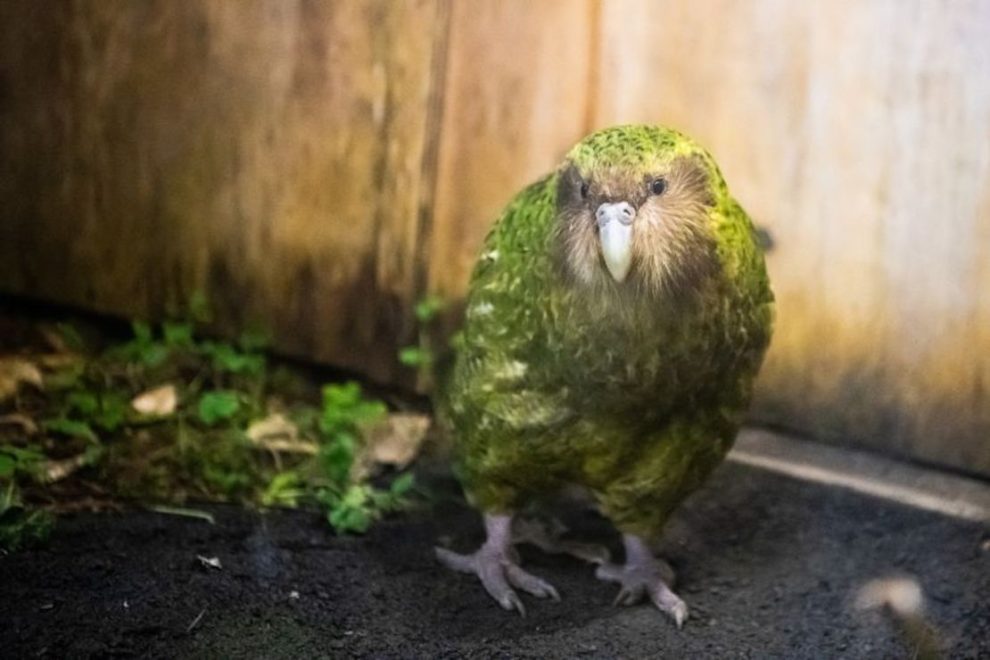() – For a quarter of a century, a remote corner of southwestern New Zealand has been a predator-free sanctuary for threatened species, including the world’s only flightless parrot and a lizard found nowhere else on the planet.
Chalky Island, a rugged but lush 3 square km outcrop in Fiordland in the New Zealand Pacific, is home to the endemic Te Kākahu skink, the iconic spotted kiwi and the kākāpōthe only parrot that cannot fly and of which it is believed that there are less than 250 specimens left in the wild.
So in August 2022, when the island’s conservation workers identified a single male stoat, a weasel-like mammal native to Eurasia and North America that feeds on various animals and birds, they knew they had to act to save their delicate ecosystem, even if it cost a small fortune.
The country’s Department of Conservation (DOC) launched a large biosecurity operation involving experts in traps, dogs, trail cameras, helicopters and boats, which lasted eight months, until the mustelid was finally trapped and killed. in what one official called a great victory.
“This is a great victory, but we cannot take our foot off the accelerator,” said Rebecca Teele, incident controller for the Department of the Environment, in a press release celebrating the capture of the stoat last April. “This is one of the highest priority locations for Fiordland biodiversity and it is crucial that we do everything we can to protect the vulnerable species that live there.”
Last month, an annual review published by the New Zealand Parliament’s environment select committee revealed the price tag of the mission to capture that stoat: almost half a million New Zealand dollars (about $300,000).
The figure raised blisters on social networks: “I’m in favor of protecting animals in danger, but damn it,” said one user.
For its part, the right-wing New Zealand Taxpayers Union pressure group asked: “What did they use to kill him, missiles?”
But officials defended the cost.
“Inaction would have been more costly, with a potentially devastating impact on our kākāpō population,” said Aaron Fleming, DOC operations director for the southern South Island.
“We would have been forced to remove the kākāpō from the island at enormous cost. And we have no other place to put them.” The opportunity cost of not capturing the stoat would have been in the millions.”
Along with their mustelid congeners, weasels and ferrets, stoats were introduced to New Zealand in the late 19th century to control rabbits destroying sheep pasture, but they have had a devastating impact on the country’s unique birdlife. according to the DOC, implicated in the extinction of several subspecies.
Introduced predators kill around 25 million native birds in New Zealand annually, with around 4,000 native species threatened or endangered, according to the DOC.
In an effort to protect them, New Zealand has spent more than $300 million since 2016 pursuing its goal of a predator-free country by 2050, it reported last month. affiliate RNZ.
Under the program, the government plans to eradicate rats, possums (a marsupial native to Australia), weasels, ferrets and the pesky stoat.
“(The stoat) is a small, energetic and very effective killer of native bush birds and lizards,” says Carolyn M. King, professor emeritus at the University of Waikato, who has written about stoats and the threat they pose to coastal sanctuaries.
“They are small enough to enter the burrows of rabbits and rats, or even the dome nests of small birds, and sinuous enough to circle inside.”

They are also good swimmers.
According to King, a study on a small group of stoats revealed that almost half of them swam non-stop “for more than an hour”, which implies a “permanent risk of periodic visits or invasions of stoats” to islands located in a radius 3 to 5 kilometers from the continental coast.
That includes Chalky Island.
“It’s possible he swam to the island or hitchhiked on the driftwood,” says DOC’s Fleming, referring to the now-infamous intruder.
Chalky Island and the neighboring Passage Islands have been predator-free since 1999, following the first stoat eradication campaign, according to the DOC.
And for Fleming, the recent stoat incursion only underlines the importance of the Predator Free 2050 plan.
“If we completely eradicate stoats from Aotearoa (New Zealand), we will eliminate the costs of raiding and our wildlife will be able to thrive alongside us,” he said.





![[Img #74683]](https://thelatestnews.world/wp-content/uploads/2024/12/The-main-mistakes-to-avoid-when-betting-on-electronic-sports-150x150.jpg)









Add Comment